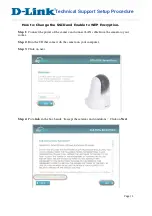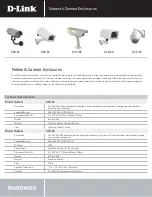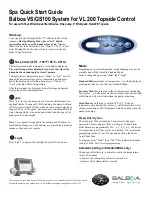
Stationary VRLA Batteries,
Installation and Operation Instructions
Page 15 of 16
w w w. b a e b a t t e r i e s u s a . c o m
R e v : 0 2 1 9
•
The timing of the corrective action for increased connection resistance should be
determined by an analysis of the effects of the increased resistance. Consult BAE
USA or your local representative if there are questions.
•
Whenever all battery connections are cleaned and reassembled, a new baseline
should be established.
•
If the baseline information for an installed battery is unknown, then a baseline should
be established when all connections are cleaned and reassembled. When
establishing a new baseline, refer to IEEE 1188 for guidance.
Please note that no regular re-torque is recommended or required. If regular re-torque
is part of your standard maintenance program, consult BAE USA or your local
representative.
11.0 IN-SERVICE CAPACITY TESTS
Regularly scheduled capacity tests are not necessary for healthy batteries. However,
for batteries approaching end of life or for other specific reasons, capacity tests may
desired. These capacity tests should be conducted in the following manner.
At least 3 days but not more than 7 days before a battery capacity test, give the battery
an equalizing charge as described in Section 8.2.
11.0.1
Discharge should be performed with a constant current or constant power type
load unit. In the determining the correct current or power rate for the capacity test
it is helpful to take into account the operating conditions and specific site
requirements. From this select a discharge time and current or power that best
fits the requirements, these values are obtained from the BAE discharge sheets
for the given battery model.
11.0.2
Prior to starting the discharge test, care must be taken to ensure that the battery
is in a fully charged condition. The recommended battery temperature per IEEE
1188 should be between 18°C (64°F) and 32°C (90°F).
11.0.3
The capacity test may be performed after the battery has been taken off of float
charge. During the discharge the current must not fluctuate more than ±1% on an
average from the nominal value. Short-term deviations up to ±5% from the
nominal value are allowable for a maximum of 20 seconds.
11.0.4
Voltages at the terminals of all individual cells must be checked after 10%, 25%,
50%, 80% and 100% of the specific discharge period. These should be recorded
into a time versus voltage chart; making sure that the final discharge voltages are
recorded.
11.0.5
The final discharge voltage of a battery is obtained by multiplying the final
discharge voltage of the individual cells by the total number cells. The minimum
allowable final discharge voltage is dependent on the discharge current. The
rated discharge current values to a specific endpoint voltage per cell can be
obtained from the BAE data sheets.
Example: 1.75 VPC X 60 cells = 105 Total Battery Voltage
11.0.6
The capacity test must be terminated when the discharged time assigned to the
specific current has been reached or when the final discharge voltage at the end


































